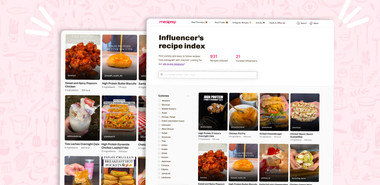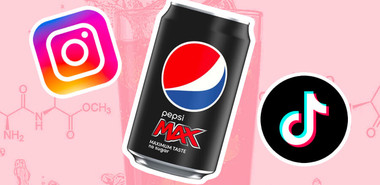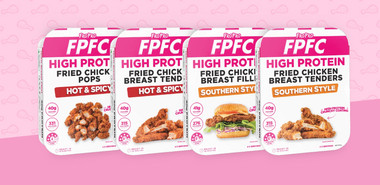![How to get rid of bloating [Ask a Nutritionist]](https://media.mealprep.com.au/wp-content/uploads/2020/09/tr:n-b_featured_new_1x/bloating.jpg)
Bloating often feels like very uncomfortable or painful, swelling, fullness and tightness. Some people can also visibly see their abdomen push out and it can be hard and excruciating to press against. Although bloating happens to some degree to all of us, it’s important to differentiate between normal and abnormal bloating. A small amount of bloating is a normal part of our digestion process, and often passes after we go to the bathroom or pass wind. When bloating starts interfering with you doing all the things you love and you find yourself skipping work or social events to lie in bed with a heat pack after each meal, it’s time to do something about it!
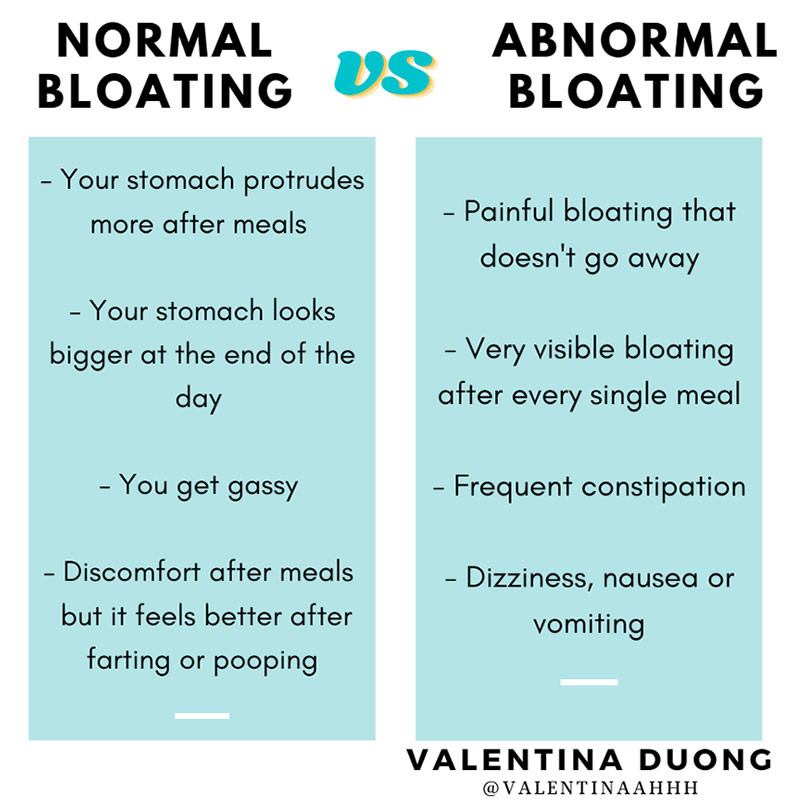
1. Fizzy drinks & farts are best friends
Skip the carbonated drinks (yes, even if they’re calorie-free!) Artificial sugars are perfectly safe to consume in small doses but they often cause gut discomfort and bloating. Common artificial sugars are sorbitol, mannitol, xylitol, aspartame, sucralose and saccharin. They’re found in sugar-free gum, lollies, diet drinks, even protein bars and shakes. Again, portion size matters here! One piece of gum is unlikely to cause severe bloating (although it can for some individuals), but a whole packet of gum within an hour is likely to make us all feel a little gassy and bloated.
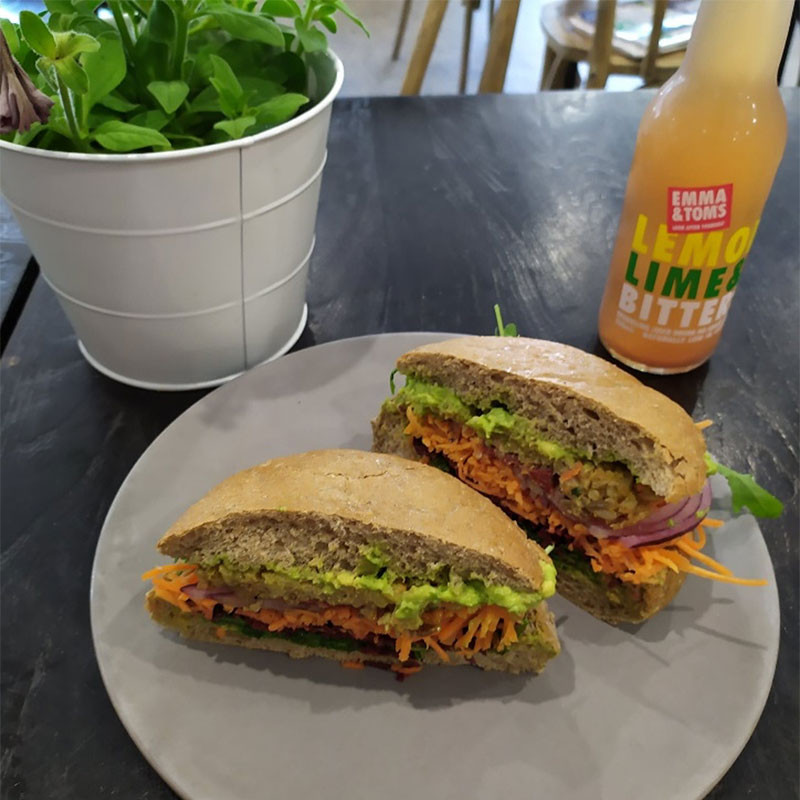
2. Slow down and Share
How long does it take you to eat lunch?
If you answered under 15 minutes than eating slower and chewing your food well may help relieve some of your symptoms and make eating a more enjoyable experience. If possible, sitting down and sharing a meal with a loved one can help you take your time with your meal and gives you both a chance to spend quality time together. The reason why eating fast or gulping down a drink can worsen bloating is that we often swallow more air when we rush. This causes us to burp up the air or it passes through our gastrointestinal tract and comes out the other end.
3. Check your windy veg portion sizes
We all know the more vegetables, the better but some vegetables cause more bloating and gas than others. Common culprits are cruciferous vegetables which include cabbage, brussels sprouts, turnips, kale and broccoli. These vegetables are still incredible healthy and a diverse range of plant foods is important in feeding the good bacteria in your gut.
Try halving your usual portions of these vegetables or trying alternative vegetables that are more easily digested. Some great examples include adding green beans, capsicum and bok choy to a stir-fry instead of kale or broccoli.
4. Try having smaller meals more often
Have a regular meal routine with breakfast, lunch, dinner and snacks at similar times. It’s a myth that it will “boost your metabolism” but it might just reduce your bloat. You definitely don’t have to eat like clockwork if you’re not hungry yet but having a steady eating pattern can help reduce the severity of bloating. When you wait until you are ravenous and inhale your meal as fast as possible, the large volume of food and speed can worsen bloating, reflux and gas.
Instead, if you’re starting to feel hungry and haven’t started preparing dinner yet, try having a high-fibre snack like fruit, vegetables, wholegrain crackers and hummus.
You can also keep pre-prepared meals on hand for busy days. If you prefer fresh meals and ingredients, I made a review of Bondi Meal Prep here. They’re known for their macro-friendly meals prepped with sustainable and fresh produce.
5. Keep an eye out for caffeine, spicy, alcohol & fried foods
Everyone has different thresholds to these foods and they can trigger symptoms in some individuals, but not others. If you don’t experience any symptoms, then there’s no need to cut out these foods (especially if that morning coffee brings you joy).

6. Try lactose-free and plant-based alternatives
If you notice worsening symptoms after consuming dairy products (milk, yoghurt, cheese), you may be lactose-intolerant. This is when your body doesn’t produce enough lactase (a an enzyme needed to break down lactose). As we age, our bodies produce less and less lactase. This is why many people can become lactose-intolerant later in life. This is affected by genetics and occurs more often in individuals of African, Asian, South American descent. A bad food poisoning incident can also temporarily decrease your lactase levels for 1-2 weeks. Luckily, there are so many incredible lactose-free alternatives available. My favourites are Activia’s Lactose-free yogurt , So Good’s soy milk which are both high in protein and have added calcium! If you can’t imagine giving up cheese, hard cheeses are generally well-tolerated by people with lactose intolerance.
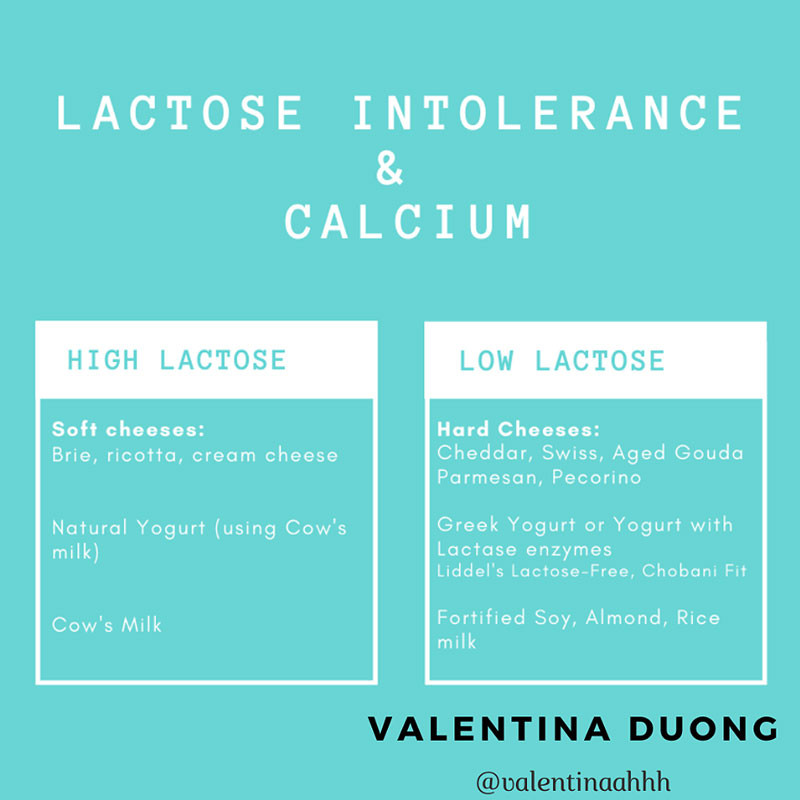
Also check the nutrition labels, you might be surprised to find ingredients with dairy such as dry milk solids, lactose, butter, curds, skim milk powder, whey, cream. If you don’t have the time and energy to check the nutrition labels for every single meal you order, pick a vegan-friendly meal prep provider because all the meals on offer will be dairy-free.
High rated plant-based options: Soulara or Chefgood
7. Probiotic- friendly foods are also gut-friendly!
Probiotic-rich foods contain good bacteria for your gut. It isn’t an overnight fix for bloating, however, studies have found probiotic-fermented milk resulted in significant improvements in gut discomfort in healthy adults. The most popular and widely available foods that are high in probiotics include kimchi, kefir, kombucha, sauerkraut, tempeh and yogurts with live cultures.
Caution should be taken with supplementing with probiotics and a qualified health professional should be consulted first.
8. Fibre & fluid
Drastic fluctuations in your fibre intake or not enough water may be the cause of your bloating. Fibre & fluid need to come in together, in order to leave together. If you have weekdays packed with fruit, veggies and legumes, but your weekends are much lower in fibre, you may experience abdominal pain, bloating, reflux or constipation.
Aiming for roughly 25-30g of fibre a day and keeping it consistent can help keep your gut healthy and help lower your risk of developing constipation, bowel cancer, haemorrhoids and diverticular disease.
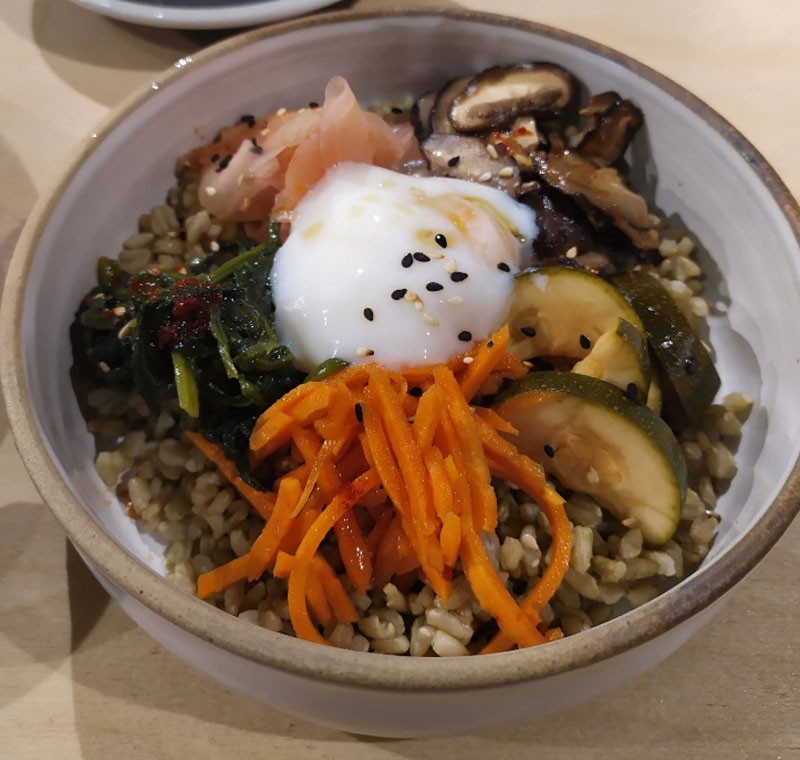
Five! Mushrooms, zucchini, carrots, seaweed and even brown rice are all good sources of dietary fibre! This meal contains a good variety of plant foods.
What if you want to increase your fibre intake?
If you are currently trying to increase your fibre intake, slowly increase it by less than 5g per day and make sure you are well-hydrated to reduce gut discomfort. This might look like adding ½ cup of edamame a day, and then 1 tablespoon of chia seeds the next day whilst ensuring you have 2-3L of water per day.
9. Gentle movement after meals
Going for a short walk can food and gas move through your digestive system. On the other hand, vigorous exercise will divert blood away from your gastrointestinal tract and can slow down digestion. It also has the added benefit of being a great mood booster and way to destress.

